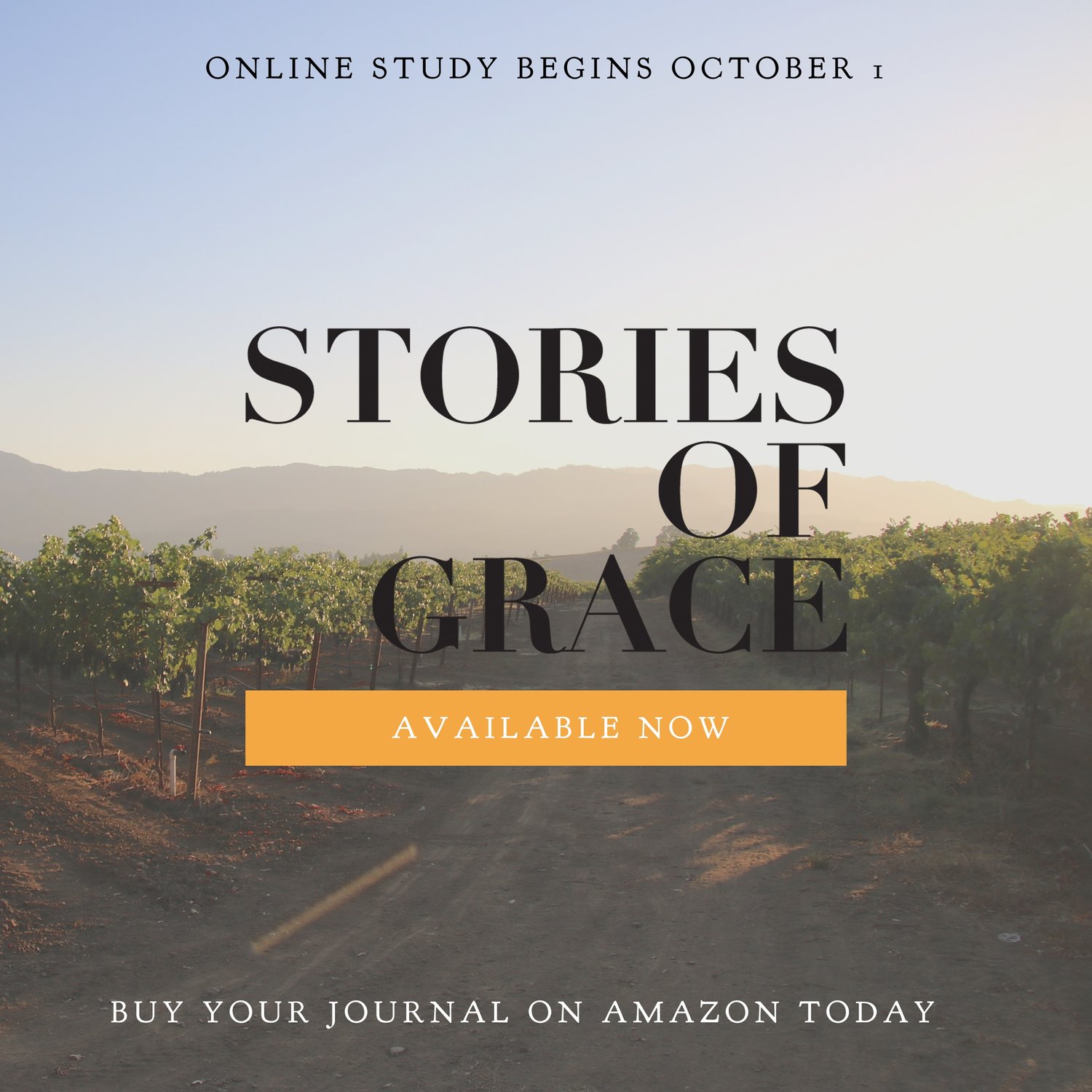The Lesson is in the Mistake
/The happiest, most successful, most peaceful people I know are the people who know how to fail. They embrace the chance to try and to fall short. They approach the uncertainty of risk with a hopeful expectation that something good will come, no matter what. People who thrive at work and in personal relationships are people who see that they can be wrong and that those “wrong” times are the times when they learn the most about themselves and the people around them. Truly successful people grow in the freedom to make mistakes.
My child sits for hours, agonizing over his homework. Each problem draws out for an excruciating length of time, far exceeding anything the teacher intended, I’m sure. He doesn’t want to be wrong. This is a computerized assignment, and what he doesn’t know is what happens when he’s wrong. If he keys in the wrong answer, a dialogue box will pop up and tell him it’s wrong. Then he can try again before a final answer is recorded. He knows about the second try and the final answer. He doesn’t know the value of the first mistake.
When he tried and was wrong the first time, he read the first line of the dialogue box. It said, “Sorry, that is incorrect.” Quickly, he clicked the box closed. And with that click, he obliterated the value of failure. If he’d stopped and read the box, he’d know something more valuable than any algorithm he’ll learn this year or ever. He would know that in the mistake, lies the lesson. If he’d kept reading past the pain of “You’re wrong,” he would know that the dialogue box went on to explain exactly how he was wrong and what he should do next time.
I think that we can tell ourselves it’s acceptable to fail, it’s useful to make mistakes and to learn from them, but the reality is that, for some of us, mistakes are terrifying. Mistakes make us vulnerable. Mistakes reveal our imperfections — to ourselves and to the people around us. We hold tightly to our illusion of control, our obsession for order and our compulsion to ensure that nothing is ever even slightly askew. We exhaust ourselves in mind-numbing sessions of challenges where we refuse to access the dialogue box that tells us how to learn the lesson that only the wrong answer will yield.
I have a long acquaintance with perfectionism. We square off daily. I try to grab the demon it is by the neck and tell it in no uncertain terms that I live in grace and that grace allows me to stretch and grow and yes, to fail. I tell the devil that is perfectionism that creativity flourishes in a world where second chances, erasers, and new sheets of paper are plentiful. Sometimes, the demon slinks off to a corner and leaves me in peace to be brave about my day. Other times, I am paralyzed by the fear that I’m doing it wrong. Again.
I rub the shoulders of the child at the homework table. I sit beside him, pray for him (and for me), share with him the secret of the dialogue box, and then, together, we intentionally click the wrong answer. We read the box. We begin to understand how this works. How the failures are redeemed. How the final answer is a better one for the mistake that went before it. This is tricky stuff, this algebra.
But what comes next is far trickier. Life is full of opportunities to try and to fail, to take a creative leap and to fall flat on one’s face, only to begin the draft anew. While I hope that this semester is a resounding academic success, what I hope even more is that he learns at this tender age that it is right and good to be wrong. That’s where the growth is.






